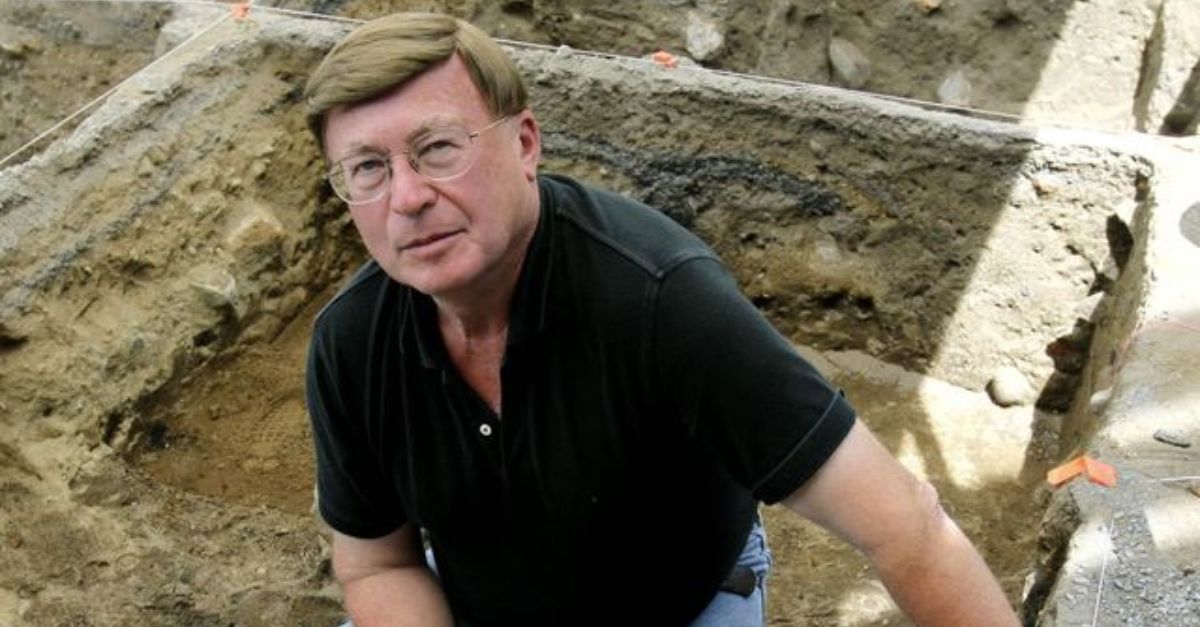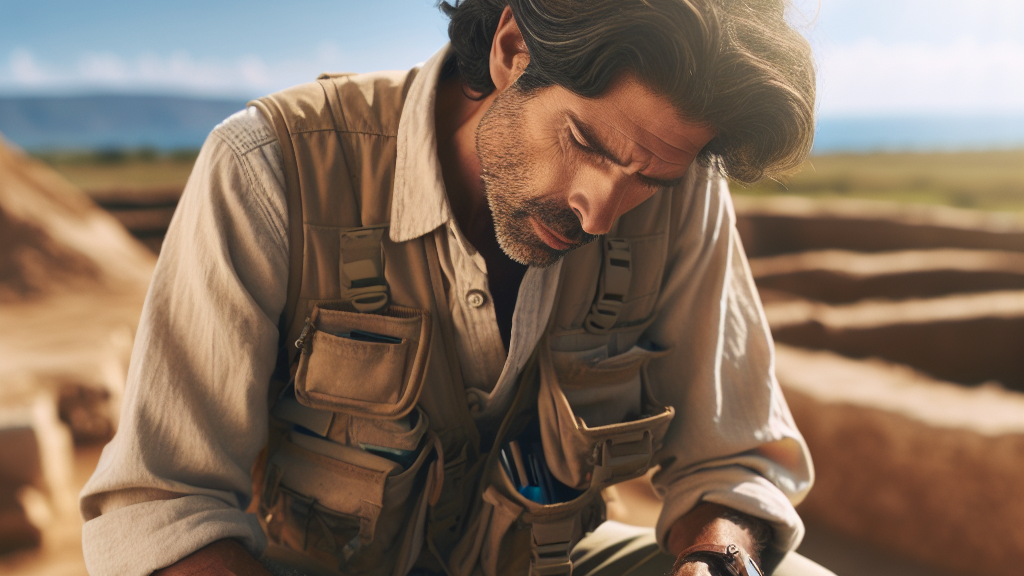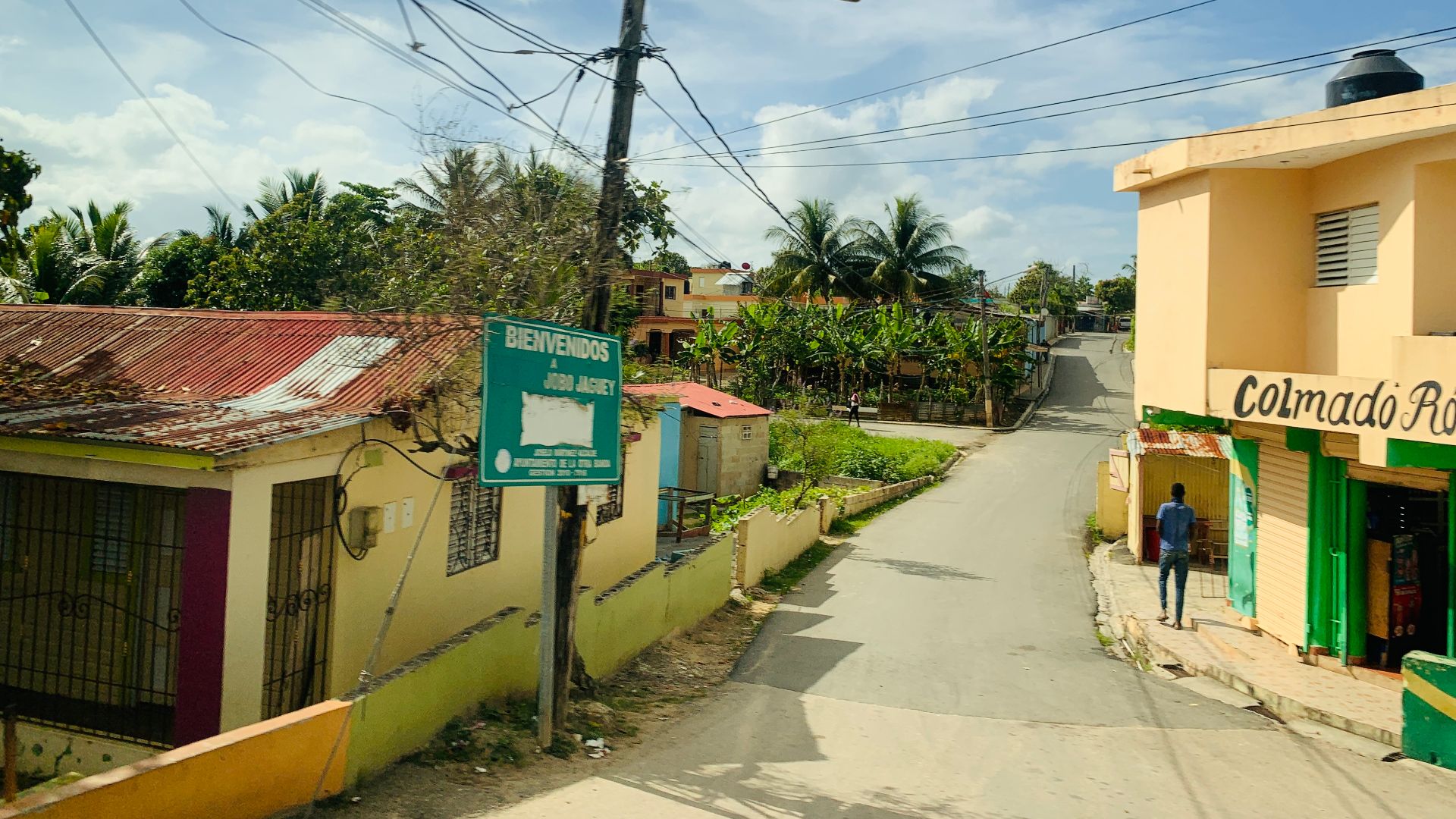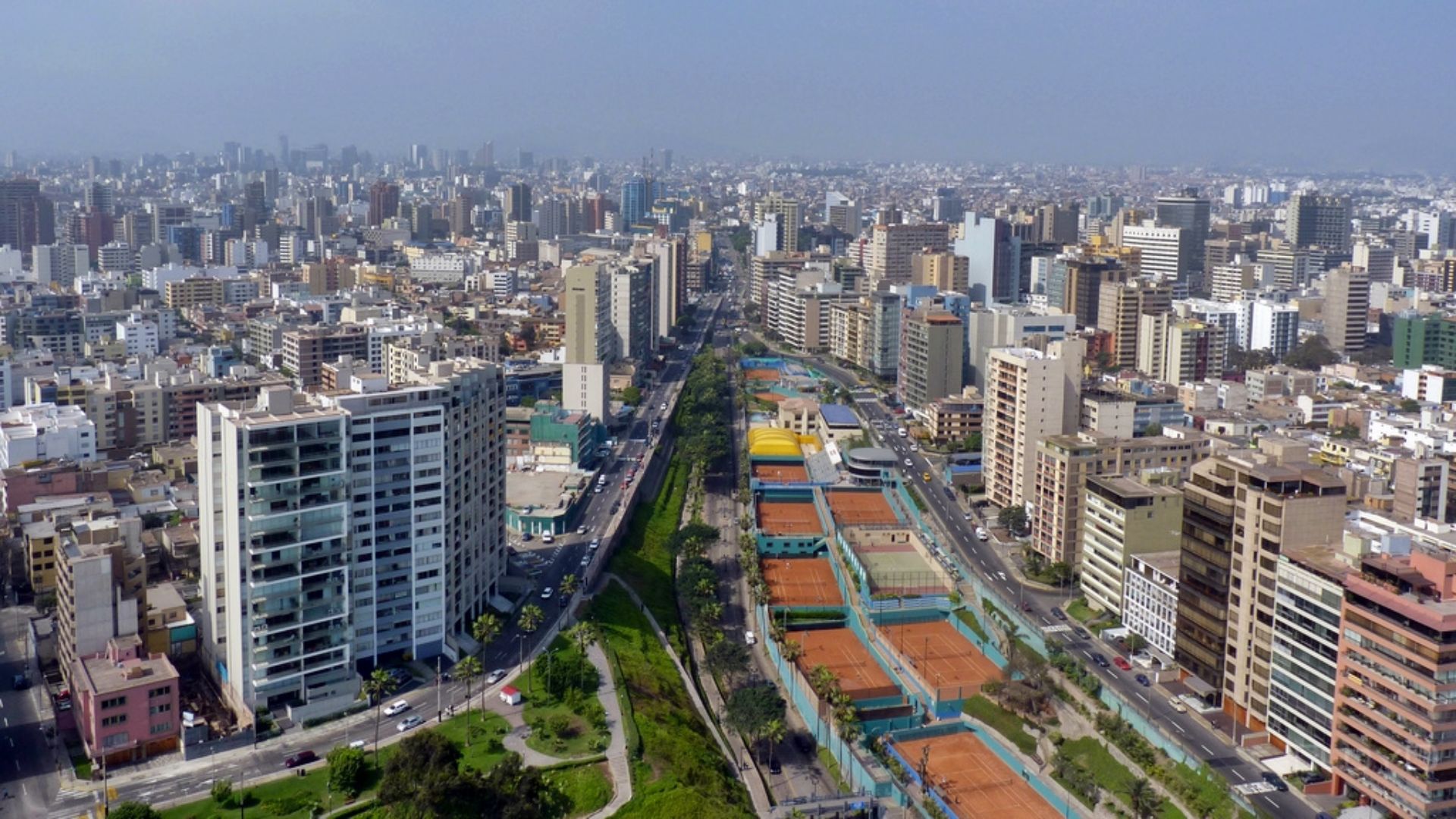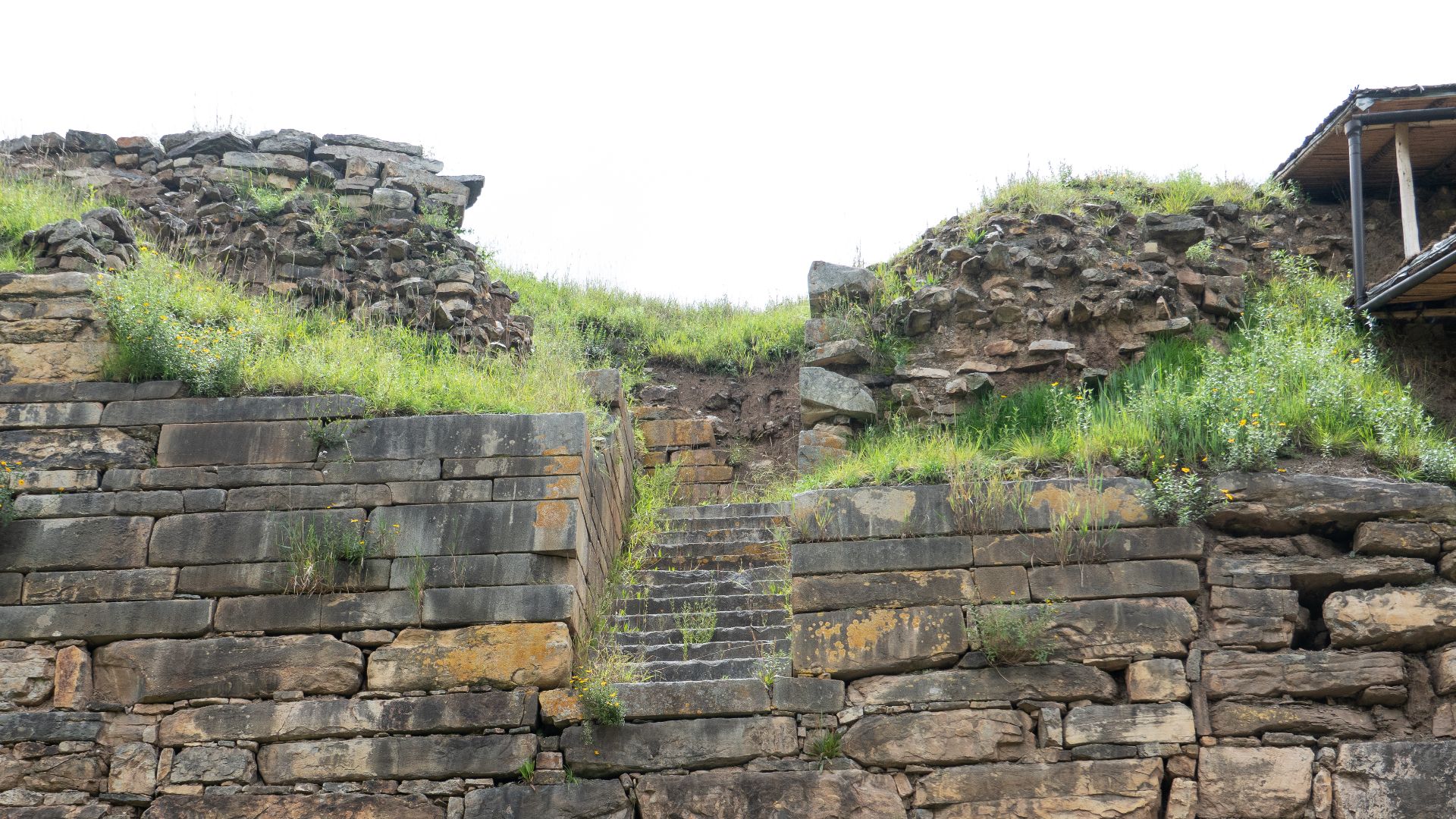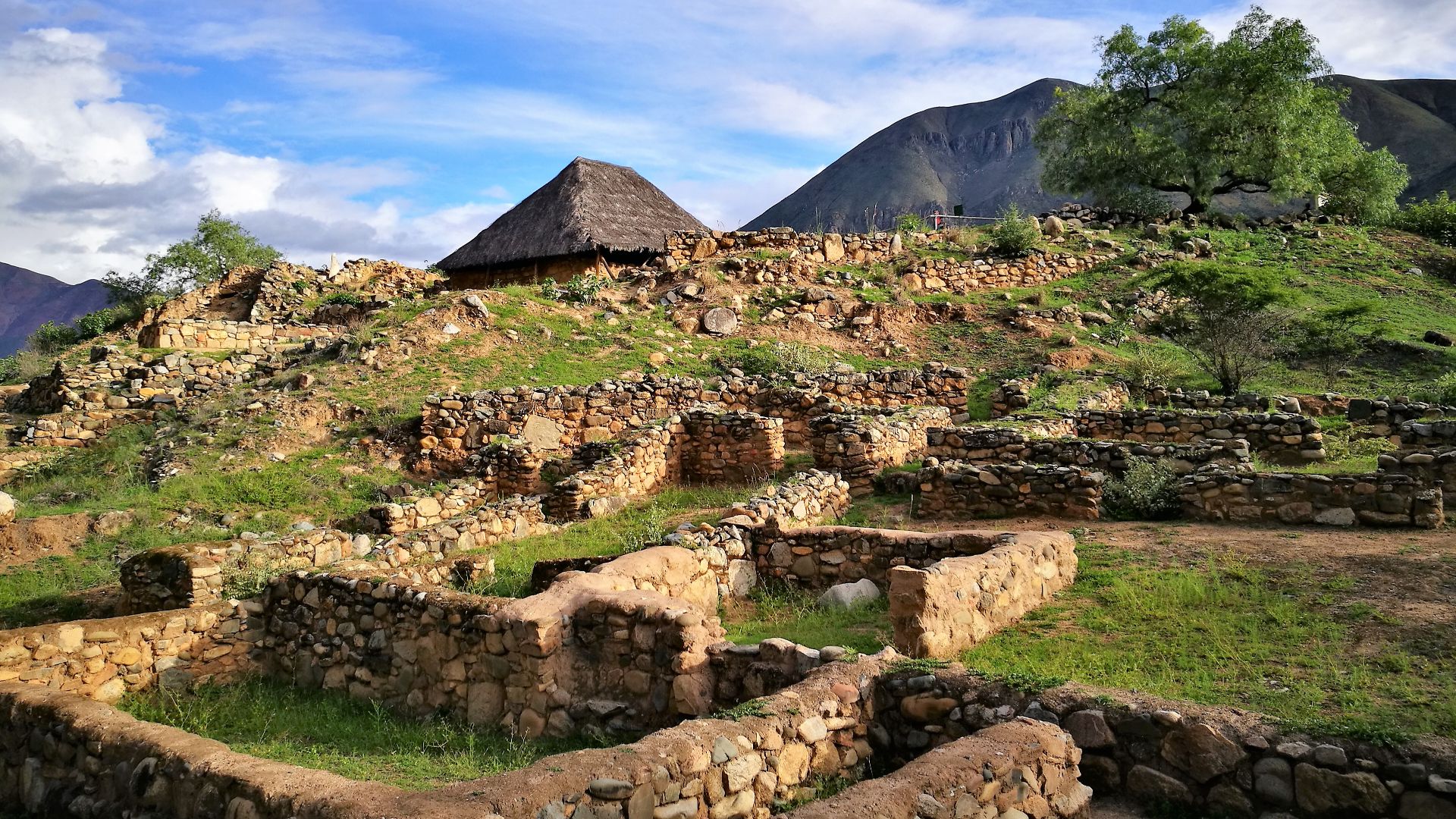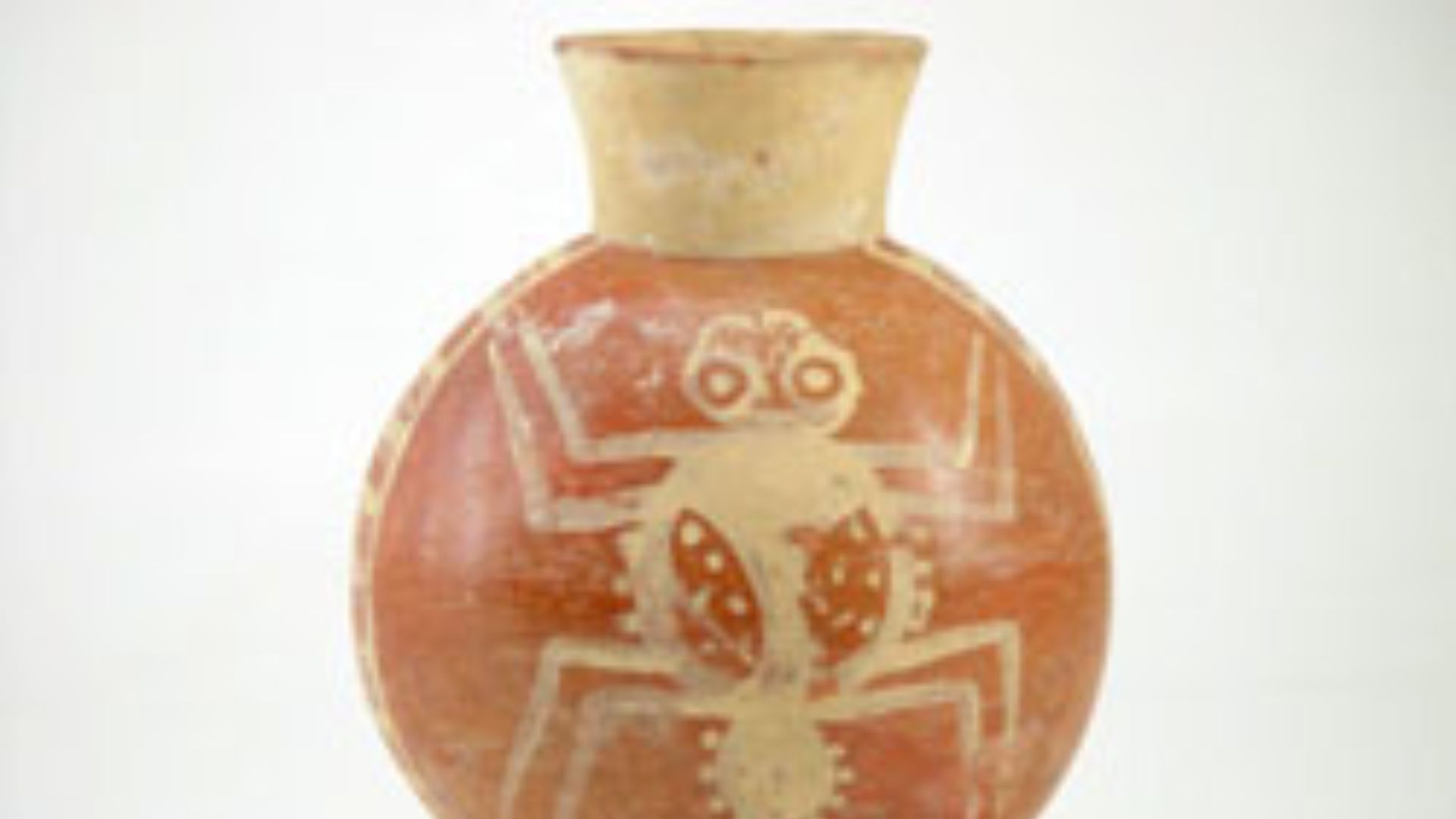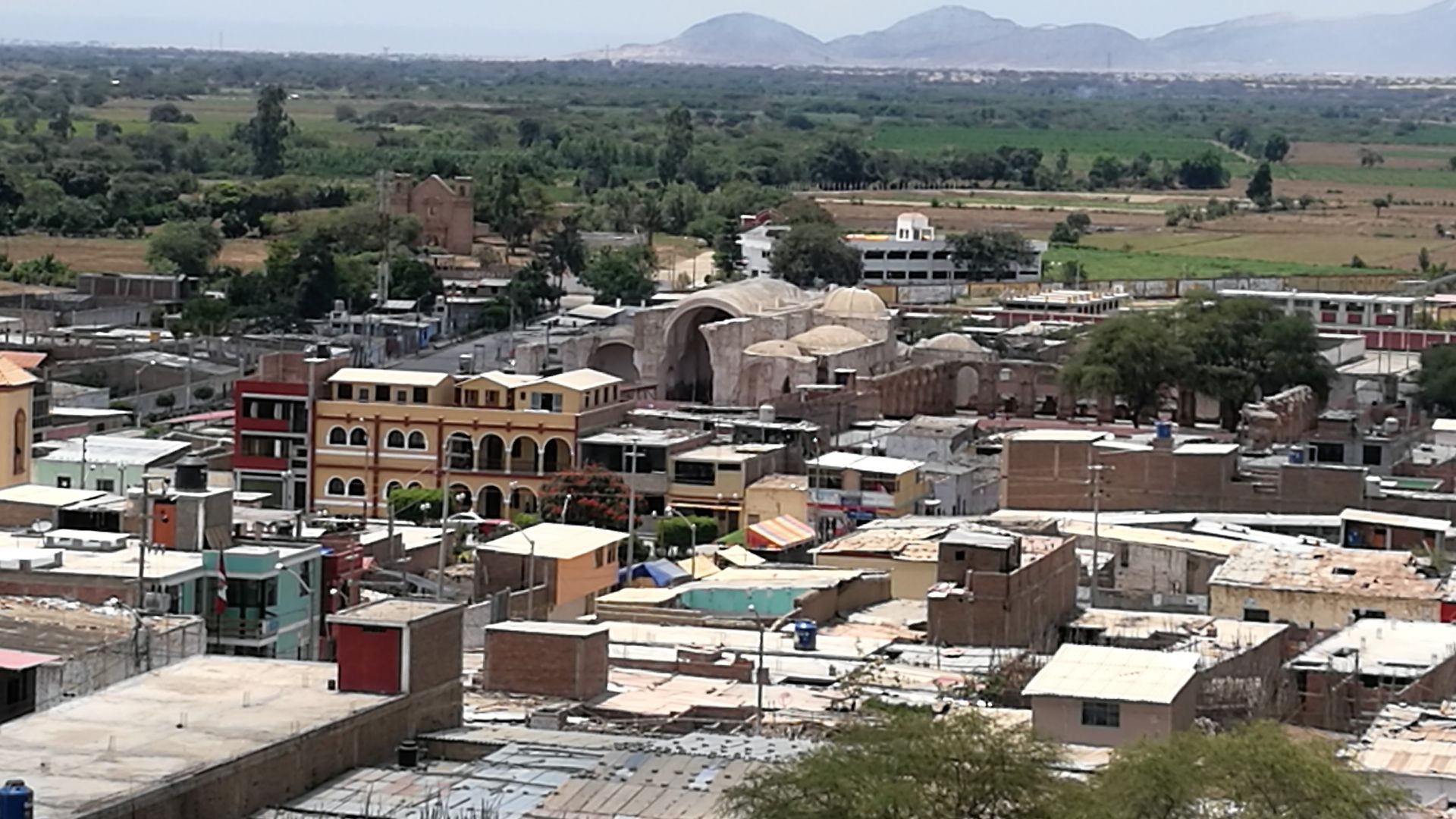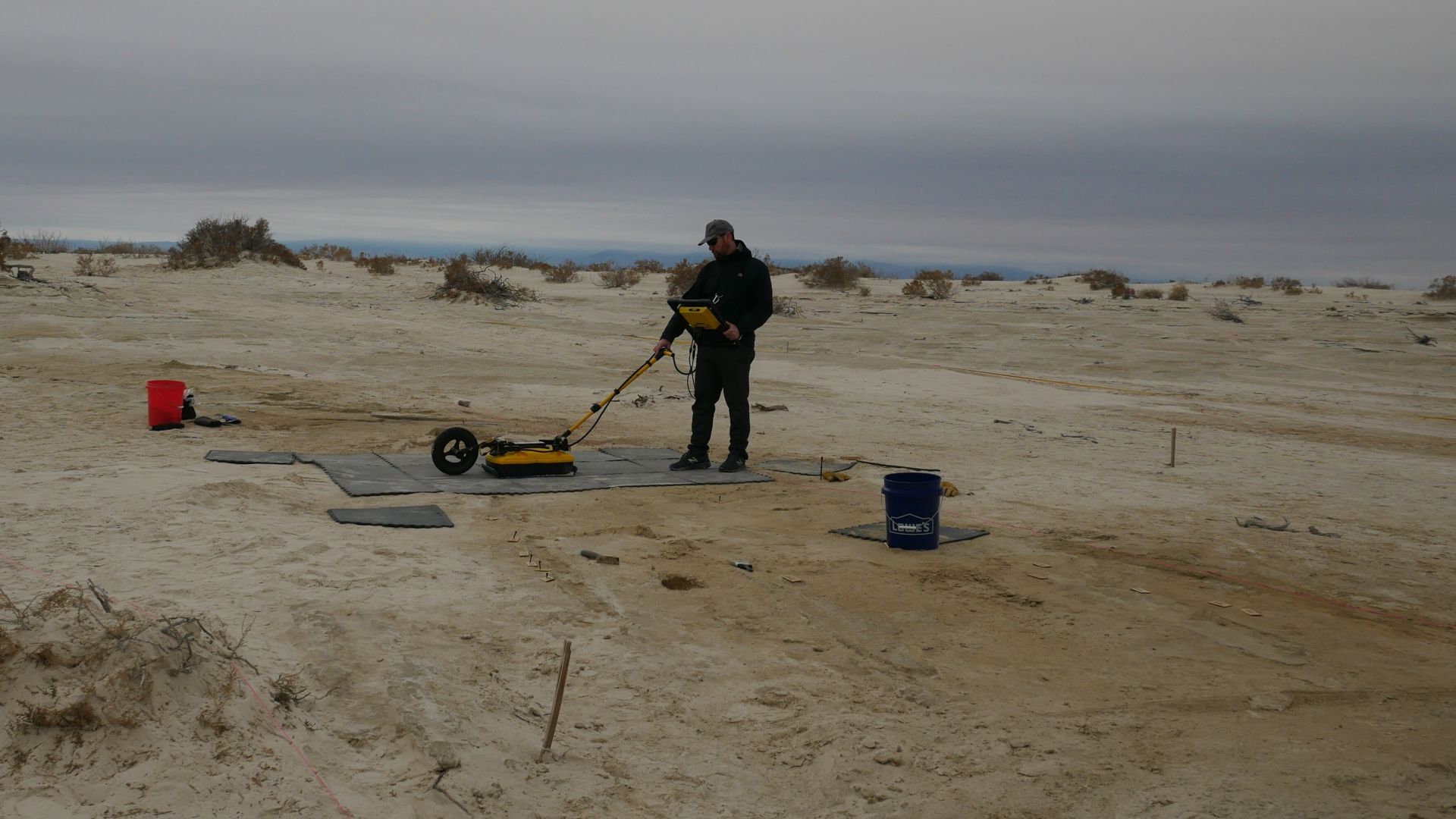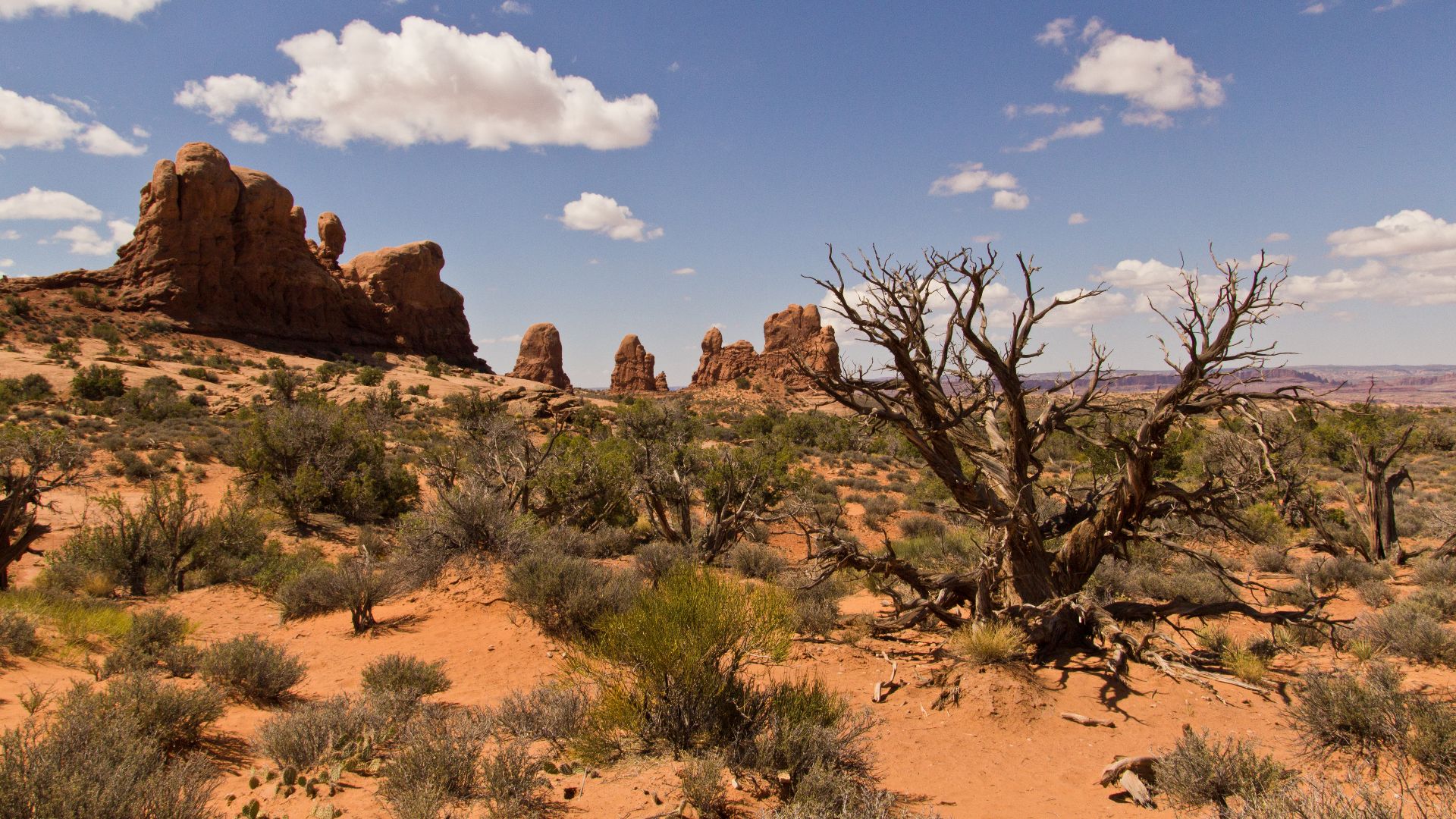A Temple That Shook Andean History
Every so often, the desert pauses its restless drift. In June 2024, Peru’s Zana Valley did exactly that, peeling back a dune to expose walls older than the pyramids.
A Ripple In The Desert Reveals An Ancient Secret
In June 2024, shifting dunes in Peru’s arid Zana Valley briefly exposed an oddly curved ridge. This was enough for archaeologist Luis Muro’s team to notice rammed-earth blocks peeking through. Laboratory testing now places the buried structure around 4,000 years old, which predates celebrated highland shrines by centuries and rewrites coastal religious history.
Looters’ Trenches Spark Archaeological Alarm
Muro’s first clue wasn’t an artifact but a scar: narrow pits bored by treasure hunters searching for valuable relics. Following these illicit trenches at La Otra Banda, the team struck carved adobe blocks two meters down. It triggered an emergency survey to protect deposits before further plundering could erase vital evidence.
Setting The Scene
The Zana Valley hugs Peru’s northern coast, roughly 480 miles north of Lima. This is where Andean meltwater nourishes dry forest pockets before surrendering to desert dunes. Sparse rainfall and abrasive coastal winds preserved and buried the temple by creating sand waves that revealed walls one year and smothered them again the next.
First Brush With Rammed-Earth Walls
Clearing windblown sand, archaeologists uncovered stout tapia walls. These are rammed-earth courses nearly three feet thick and still bearing impressions of reed molds. One panel showed a high-relief creature with a human torso and bird head, its claws pressed into plaster. The workmanship confirmed sophisticated construction techniques centuries earlier than previously documented.
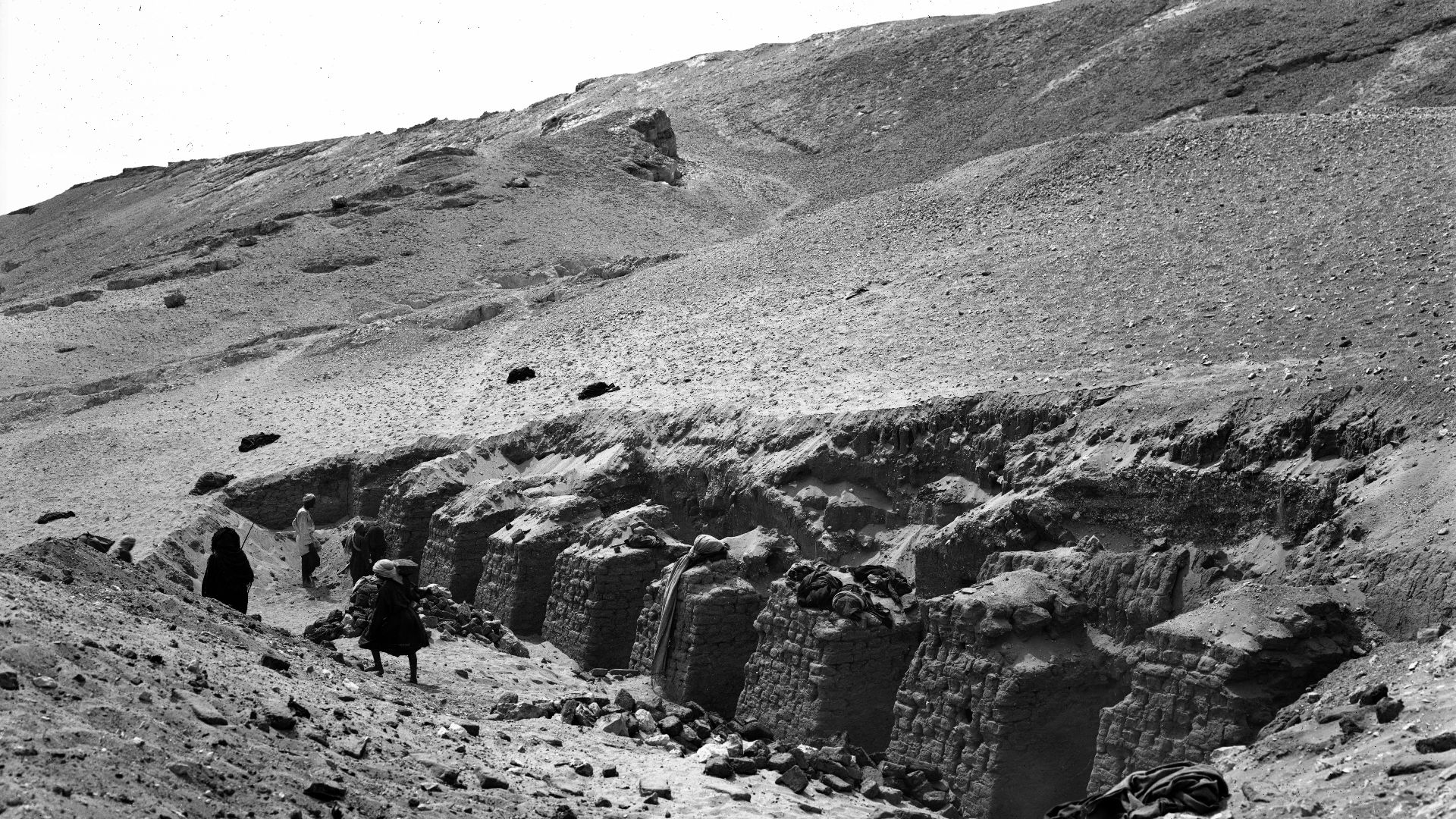 Marco Chemello (WMIT), Wikimedia Commons
Marco Chemello (WMIT), Wikimedia Commons
Peeling Back Layers Of A Multistory Temple
As excavators followed the staircase upward, they realized the temple rose in stacked terraces, each rebuilt atop the last. The central stairway leads to a stage-like platform framed by flanking walls. It signaled gatherings where priests likely dramatized mythic tales. Stratigraphy shows at least three renovation phases spanning centuries of devotion.
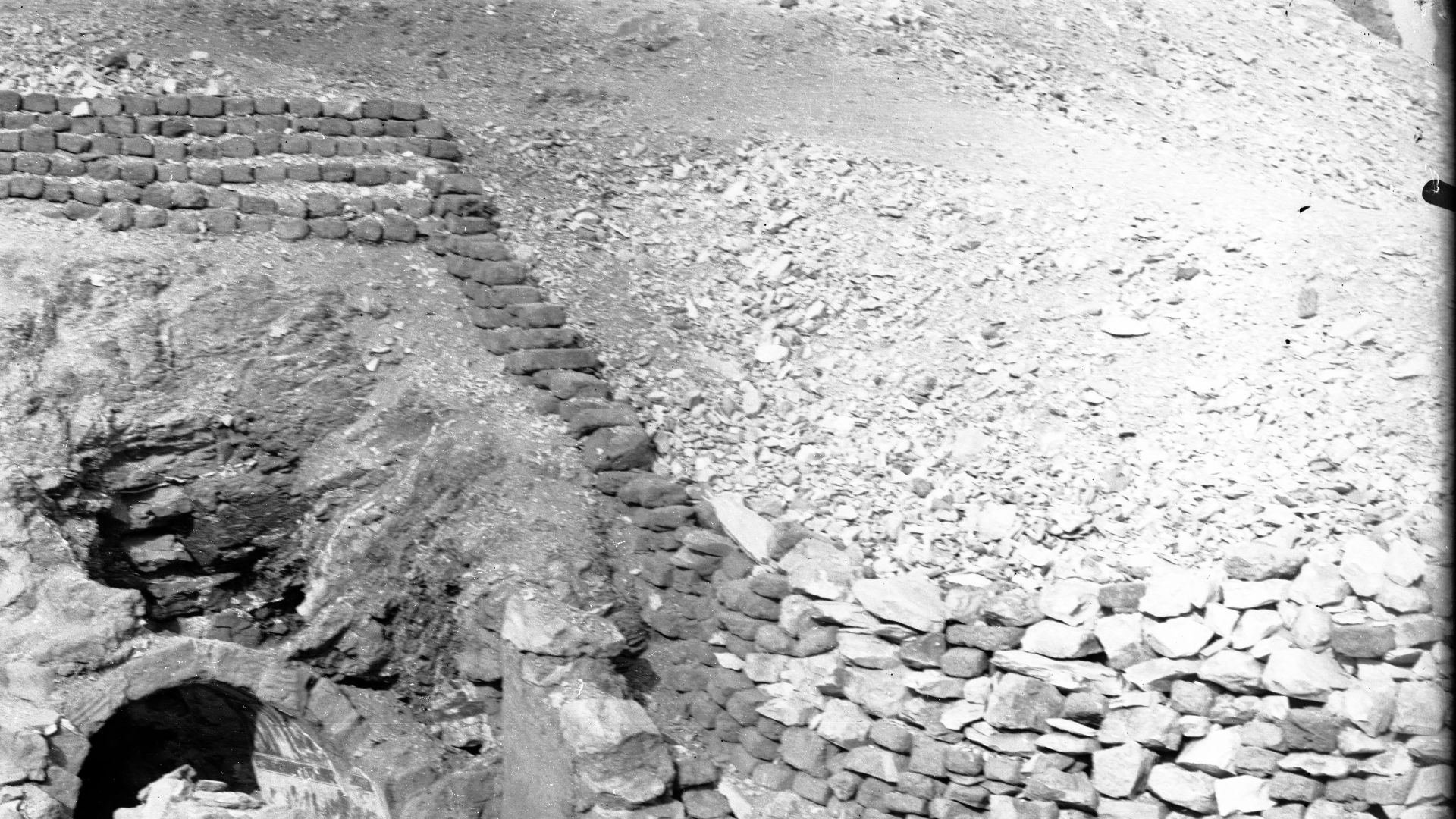 Marco Chemello (WMIT), Wikimedia Commons
Marco Chemello (WMIT), Wikimedia Commons
Ascending The Grand Stairway To Ceremony
Archaeologists traced the staircase’s packed-earth treads upward, revealing a broad ceremonial axis leading to a raised earthen mud-brick dais. Coastal sanctuaries' architectural similarities suggest processions ascended intentionally, with ancient panpipes and drums resonating off surrounding walls. They suggest prayers or performances staged before hundreds gathered in the adjacent plaza.
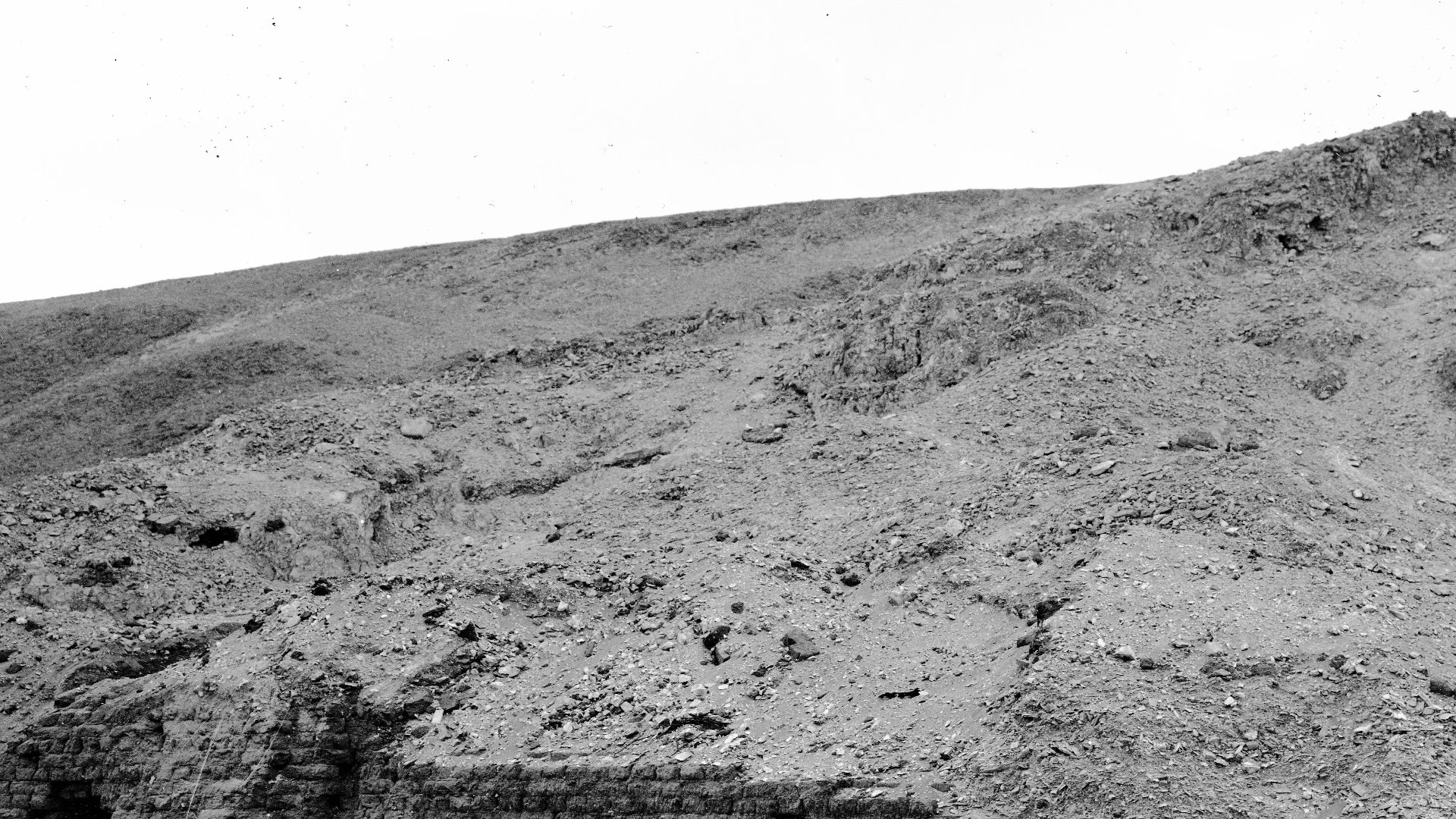 Marco Chemello (WMIT), Wikimedia Commons
Marco Chemello (WMIT), Wikimedia Commons
Bird-Serpent-Feline Friezes Flash Into View
Cleaning coarse plaster revealed flamboyant high-relief panels where a feathered avian head merges with feline fangs and reptilian claws. Red, yellow, and black ancient mineral paints still cling to creases, which suggests ritual repainting. The composite mirrors Cupisnique and early Chavin imagery, and it hints at an already interconnected Andean religious language.
Decoding The Hybrid Deity’s Mythic Role
Scholars read the creature as a sky-earth mediator. Talons symbolized raptors, and jaws channeled big-cat ferocity with reptile limbs pointing at rivers. Similar tri-species gods later dominated Chavin stonework, which suggests this earlier coastal prototype seeded highland cosmology. If verified, coastal communities may have exported theological blueprints rather than borrowing formative religious paradigms themselves.
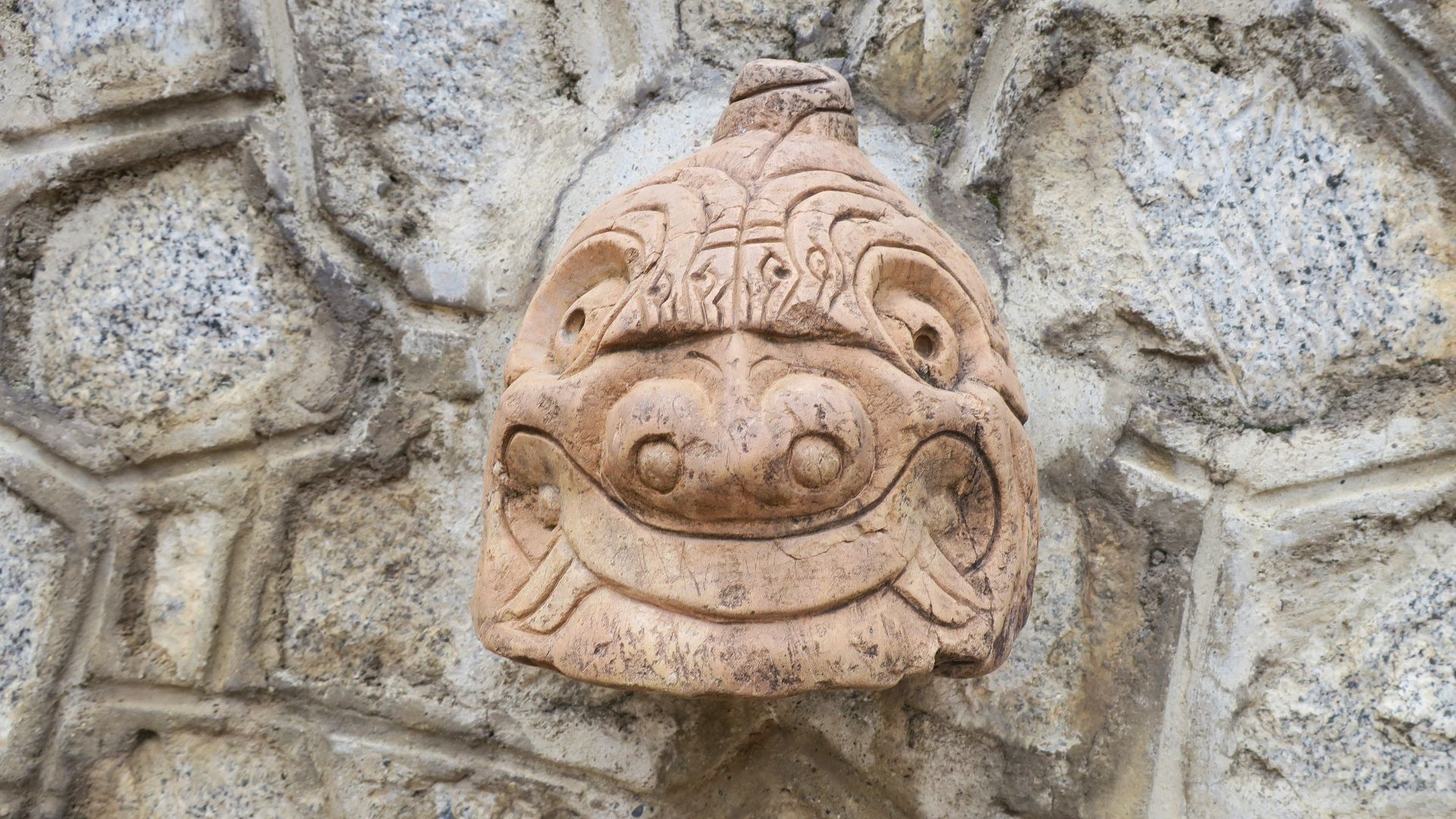 AlisonRuthHughes, Wikimedia Commons
AlisonRuthHughes, Wikimedia Commons
Offerings In The Walls
Between stacked foundations, excavators uncovered three adult skeletons wedged like architectural fillers. One was wrapped in linen and accompanied by shell beads and gourds. Their placement indicates solemn mortuary offerings sealed during construction. It reflects northern Peruvian traditions where human lives consecrated sacred architecture and renewed cosmic contracts during successive renovation events.
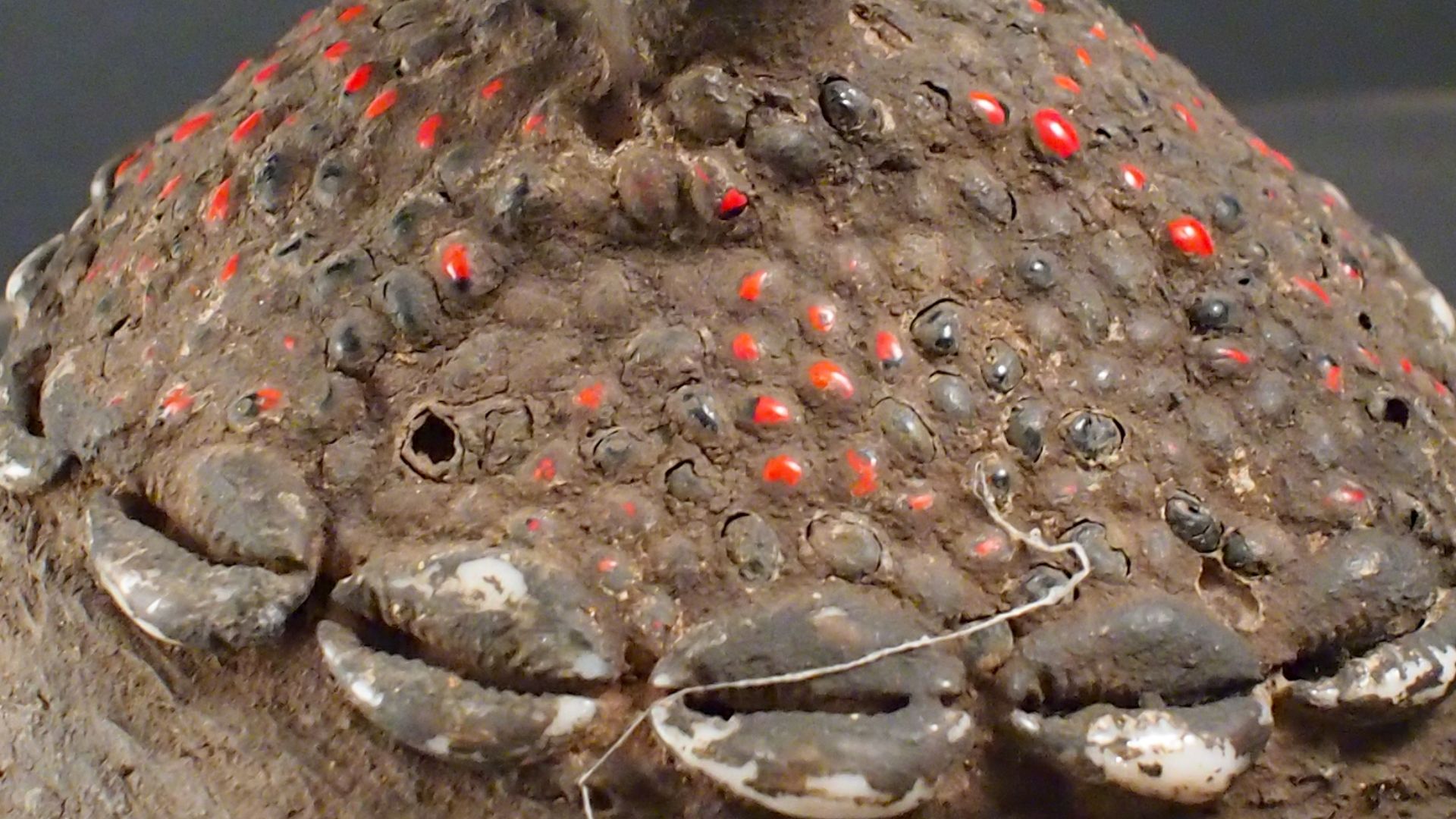 Ann Porteus from Tasmania, Australia, Wikimedia Commons
Ann Porteus from Tasmania, Australia, Wikimedia Commons
Radiocarbon Dates Pinpoint A 4,000-Year Timeline
Charcoal flecks retrieved from plaster and found in foundations await laboratory analysis. However, stylistic comparisons already bracket archaeological occupation around 2,000 BCE. Pending radiocarbon assays at Lima’s Pontifical Catholic University will refine the range, potentially firmly crowning Zana as the earliest coastal cult center documented.
Coastal Pioneers Of Monumental Architecture
Long before Andean highlands sprouted stone sanctuaries, coastal builders experimented with scale. They stacked three-foot-thick tapia walls into stepped terraces at Zana. The design rivals Caral’s sunken courts yet predates Chavin by perhaps a millennium. This could prove that desert–ocean communities pioneered complex architecture despite scarce timber or rainfall resources available there.
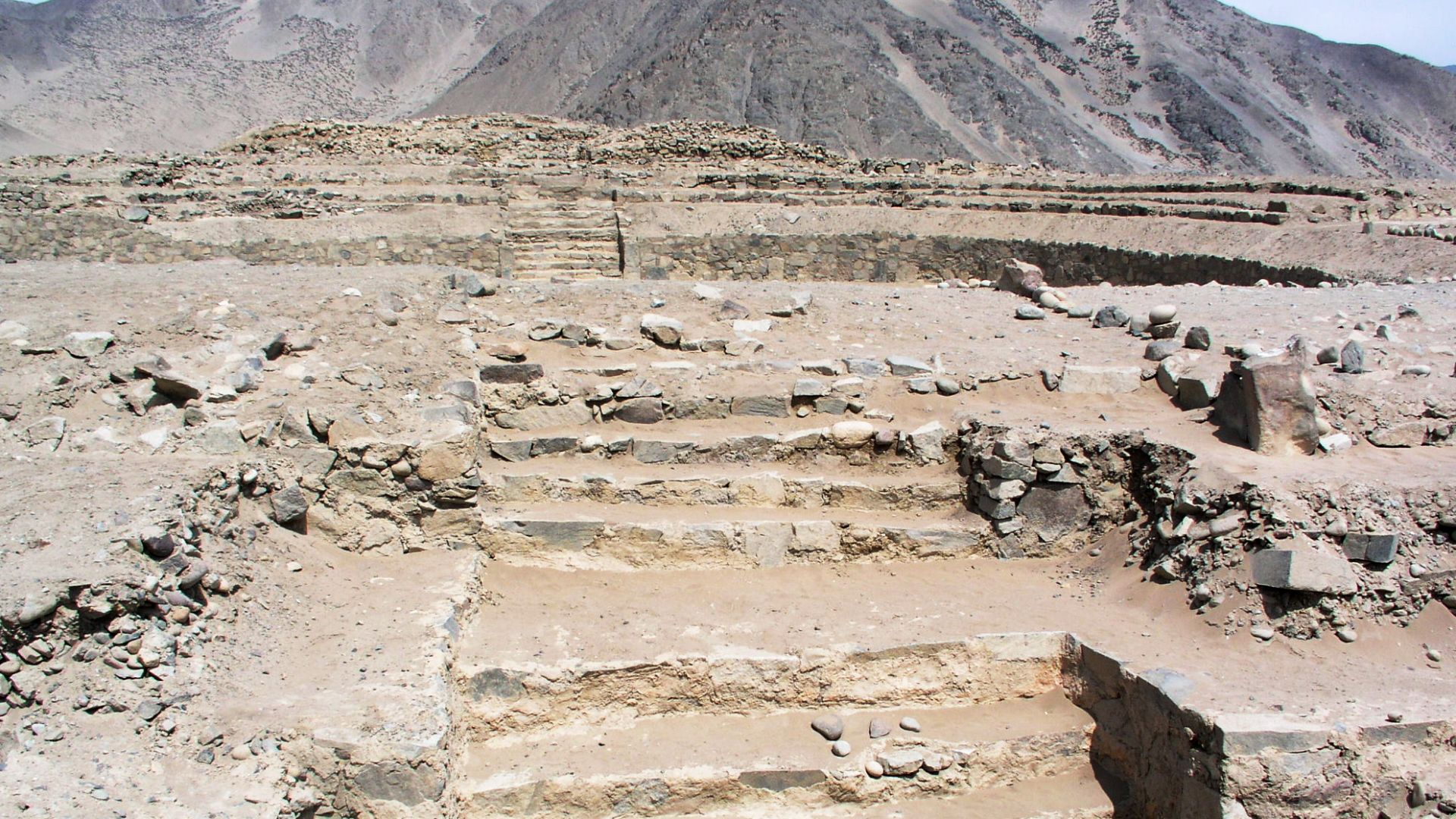 Håkan Svensson Xauxa, Wikimedia Commons
Håkan Svensson Xauxa, Wikimedia Commons
Communal Rituals On A Sand-Swept Stage
The temple’s broad summit platform is reached by a central stairway and forms an earthen proscenium commanding a surrounding plaza. Excavators found ritually burned llama bones and musical shell trumpets. Such processions climaxed here with offerings in an early performative religion binding scattered river-valley hamlets into a shared identity.
Tracing Trade Through Vivid Mineral Pigments
Color matters: Muro Ynonan scraped flecks of red hematite, black manganese, and yellow ocher from frieze grooves, then sealed them for isotope tracing. Identifying quarry signatures will map exchange routes and perhaps link coastal artisans with Andean highlands or Amazonian riverbeds. Distant communities could have traded minerals long before formal state caravans formed.
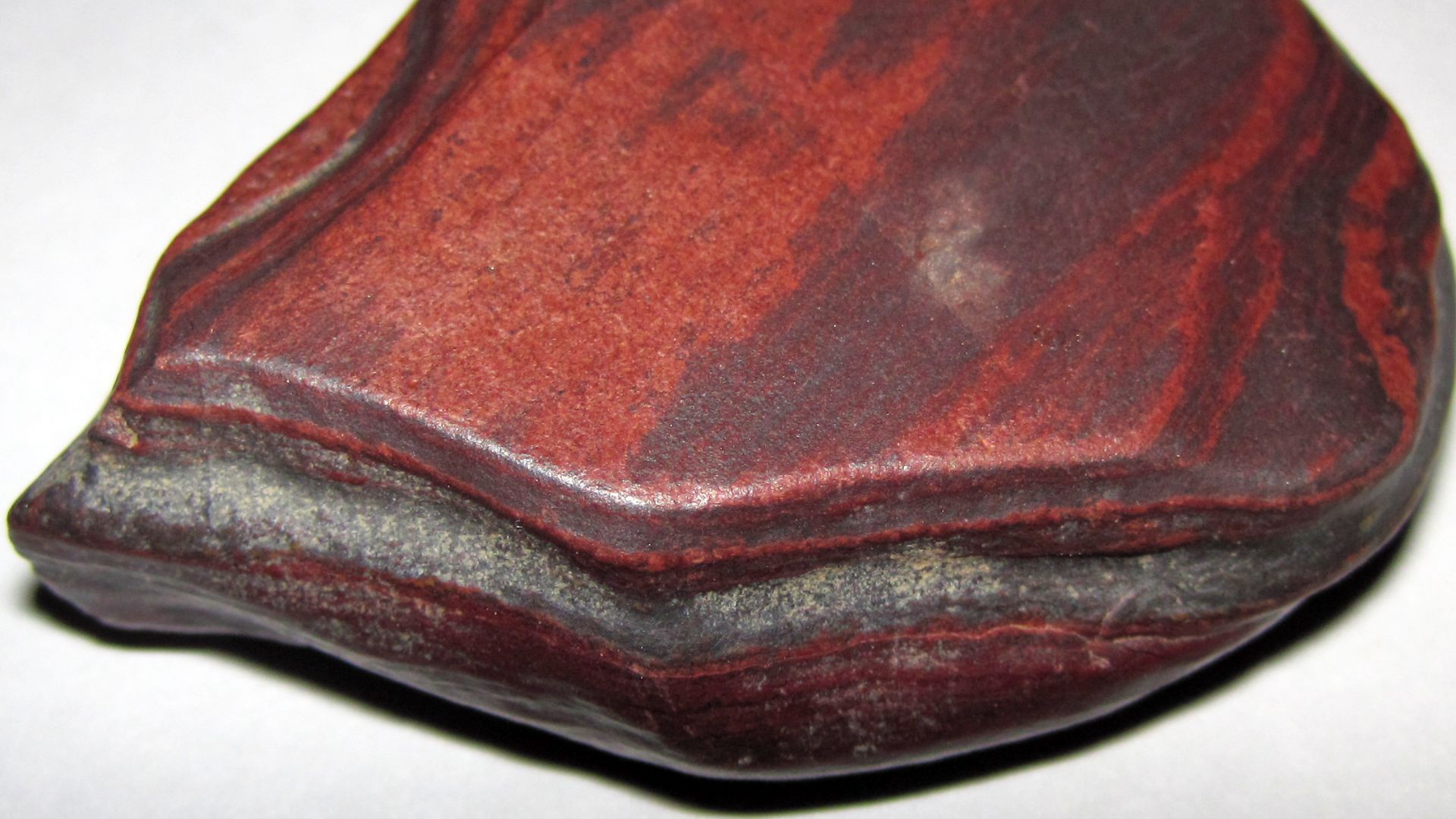 James St. John, Wikimedia Commons
James St. John, Wikimedia Commons
Motifs That Echo At Chavin De Huantar
Chavin De Huantar’s famous stone monoliths showcase raptorial beaks, feline fangs, and coiling serpents intertwined. This imagery was long considered a highland invention. The newly uncovered friezes at Zana display the same tri-species fusion about 1,100 years earlier, indicating symbolic codes migrated upslope, not downhill. It could reshape assumptions about coastal influence on pan-Andean iconography.
Challenging The Highlands-First Religion Model
Textbooks long placed Peru’s first organized faiths in Andean valleys with stone complexes like Kotosh and Chavin. Zana’s initial period temple pushed formal worship to the Pacific coast a millennium earlier. Its sophisticated architecture and cosmological art force scholars to rethink cultural diffusion and reconsider littoral societies from peripheral spectators to innovators.
Unearthing A Younger Moche Shrine Nearby
While mapping the site’s perimeter, surveyors detected adobe walls bearing classic Moche reliefs, like crescent headdresses and bold stepped motifs. Radiocarbon tests on charcoal from ceremonial hearths date this smaller sanctuary to 600–700 CE. It shows that medieval Moche priests later revived the hill by layering new rites atop venerable foundations of earlier levels.
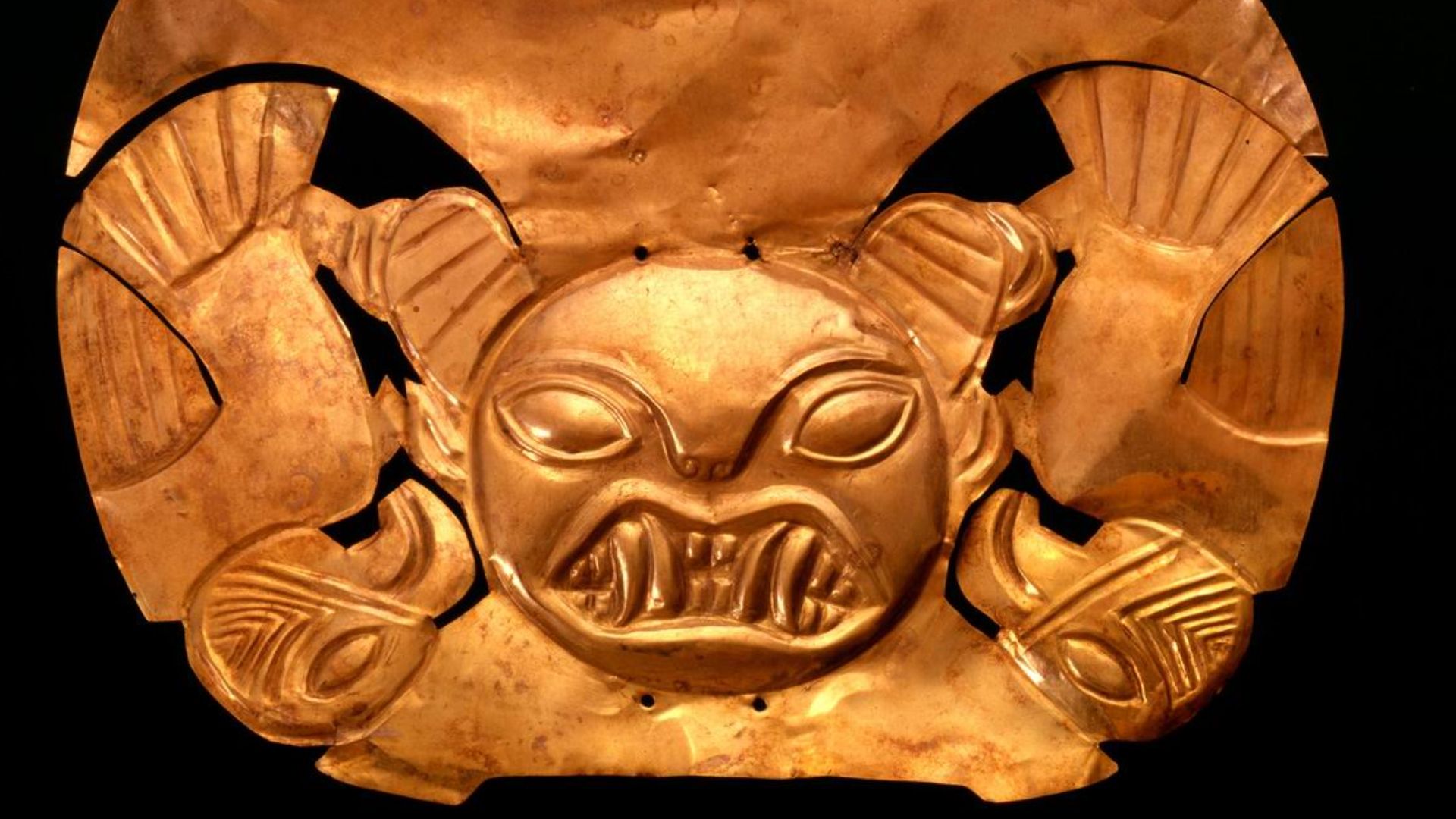 Lyndsay Ruell, Wikimedia Commons
Lyndsay Ruell, Wikimedia Commons
Sacred Ground For Three Unbroken Millennia
Stratigraphic cores drilled beside the staircase chronicle occupation layers spanning the Initial, Cupisnique, Salinar, and Moche horizons—nearly three thousand years of ritual continuity. Each phase left distinctive ceramics and pigment palettes. They confirm the hill functioned as a religious beacon long after political capitals rose and fell elsewhere nearby.
High-Tech Tools Battle Wind-Driven Dunes
Windblown sand can erase trenches overnight, so the crew supplements the trowel with drone photogrammetry and handheld 3-D scanners. High-resolution orthomosaics track dune movement to identify areas needing reinforcement of fragile walls. This prevents storm damage to reliefs and re-exposure of looters’ pits. The data is preserved between excavation seasons for future analysis.
 Capricorn4049, Wikimedia Commons
Capricorn4049, Wikimedia Commons
Healing The Scars Left By Looters
Specialists document every looter pit with drone photogrammetry, then backfill gaps using locally sourced adobe mixed with cactus mucilage for cohesion. Damaged reliefs receive reversible lime consolidant, while stainless-steel pins discreetly shore cracked walls. Each intervention balances structural stability and material authenticity to have scars respectfully acknowledged.
 Unknown authorUnknown author, Wikimedia Commons
Unknown authorUnknown author, Wikimedia Commons
Protecting Heritage Amid Development Pressures
Zana’s newfound fame invites road extensions and tourist facilities that could undermine its fragile adobe. Regional planners now negotiate a legal buffer zone that features low-impact paths and environmental monitoring. Listing the sanctuary on Peru’s cultural heritage roster secures funding while obligating developers to submit impact assessments.
 Galería de fotografías del Ministerio de Defensa, Wikimedia Commons
Galería de fotografías del Ministerio de Defensa, Wikimedia Commons
Empowering Local Voices In Site Stewardship
Local authorities in Zana first alerted researchers after looters struck, and they now co-manage site security. They fund daily patrols and hire villagers as dig assistants and visitor guides. Workshops translate findings into school curricula. They reinforce pride that turns residents from bystanders into guardians against vandalism and unchecked commercial tourism.
Mysteries Guiding The Next Excavation Season
Only a tenth of the mound has been probed. This leaves hints of buried plazas and perhaps the temple’s original facade. Ground-penetrating radar flagged voids beneath untouched dune ridges; next season’s trenches will chase those anomalies. Scientists will test whether an even older construction stage lies hidden below the visible staircase.
Laboratory Sleuthing With Isotopes And DNA
Back in Chicago, pigment chips undergo X-ray fluorescence to fingerprint mineral origins, while charcoal fragments head to accelerator mass spectrometry for precise radiocarbon ages. Elemental signatures may link ancient ocher veins in distant highlands to coastal murals. It could chart exchange networks centuries before the famous llama-caravan highways of later Andean polities.
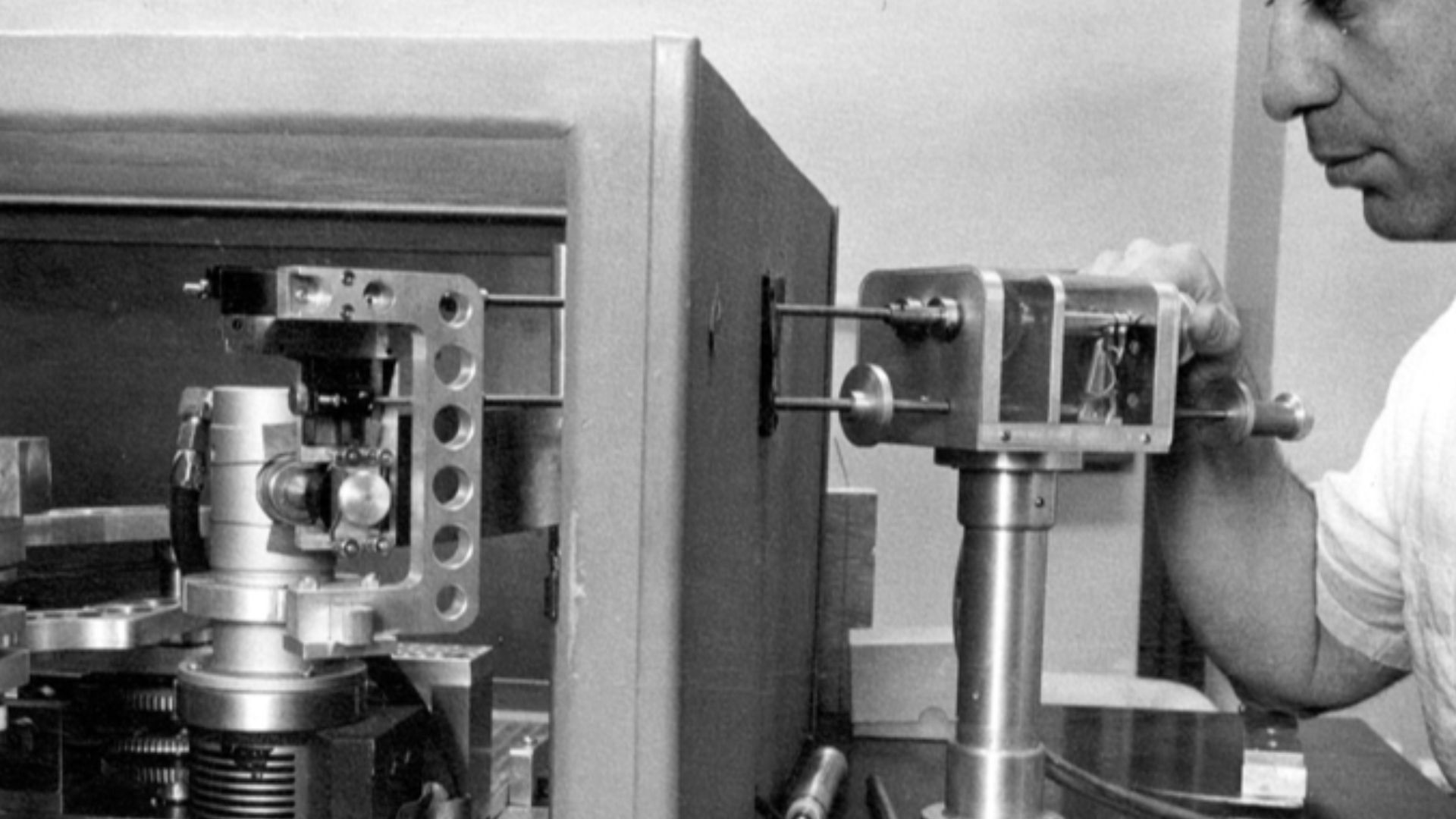 File Upload Bot (Magnus Manske), Wikimedia Commons
File Upload Bot (Magnus Manske), Wikimedia Commons
Redrawing Early Andean Civilizational Maps
If dates confirm a 2,000 BCE foundation, coastal temples like Zana and Sechin become keystones of a maritime-first civilization model. Fishing wealth bankrolled monument building, and theology diffused inland. Textbook timelines that place religion’s dawn in Andean valleys will need revision to decide who influenced whom in early South America.
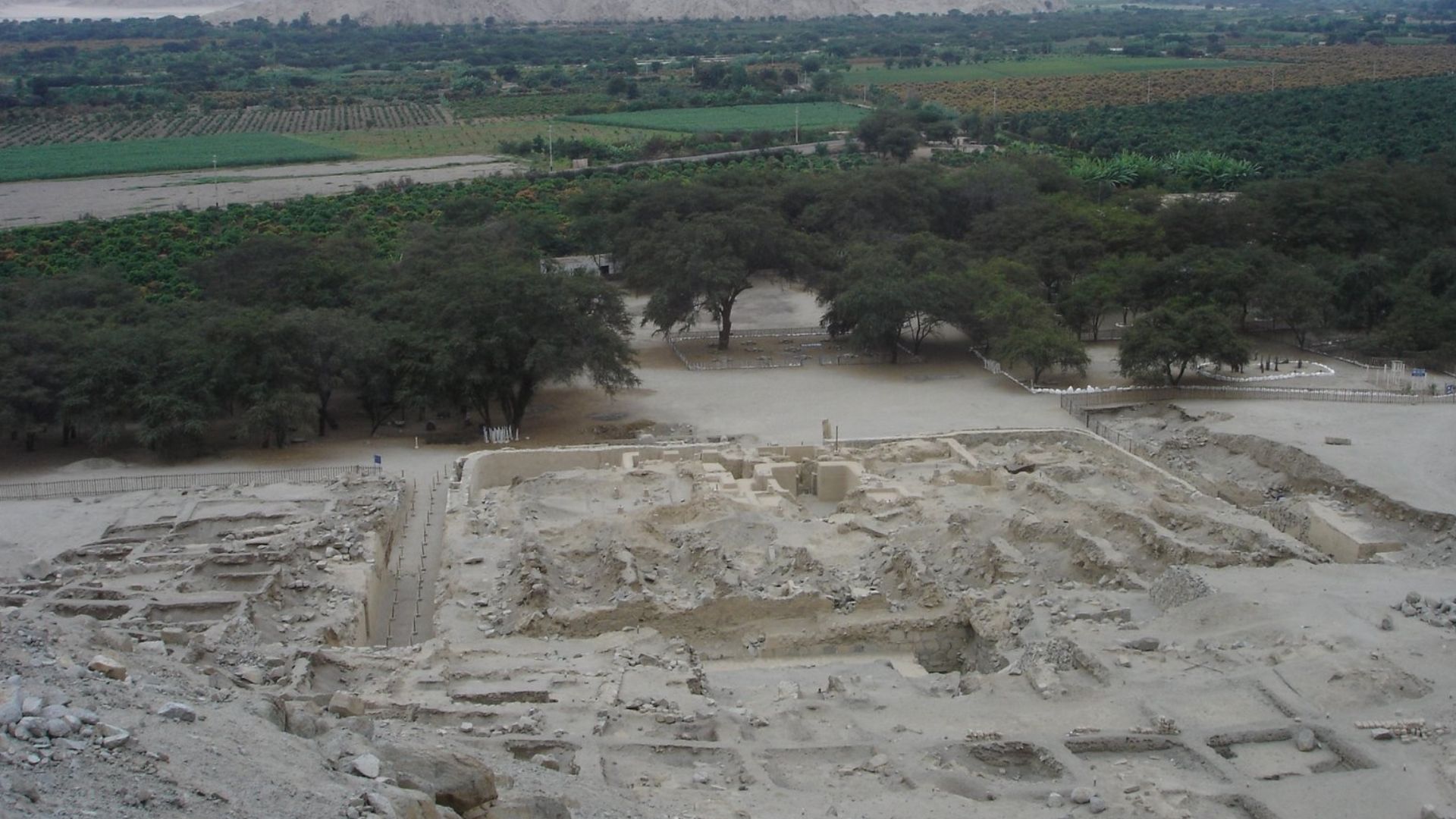 Sylvain2803, Wikimedia Commons
Sylvain2803, Wikimedia Commons
The Sands Still Whisper Untold Histories
Wind still sculpts the valley by laying fresh sand over adobe walls. Archaeologists compare satellite images yearly to spot subtle, ancient dune creases that betray buried architecture. Each season’s map adds new targets. Until excavators reach them, the desert keeps its silent chronicle half-told beneath ever-shifting waves.

